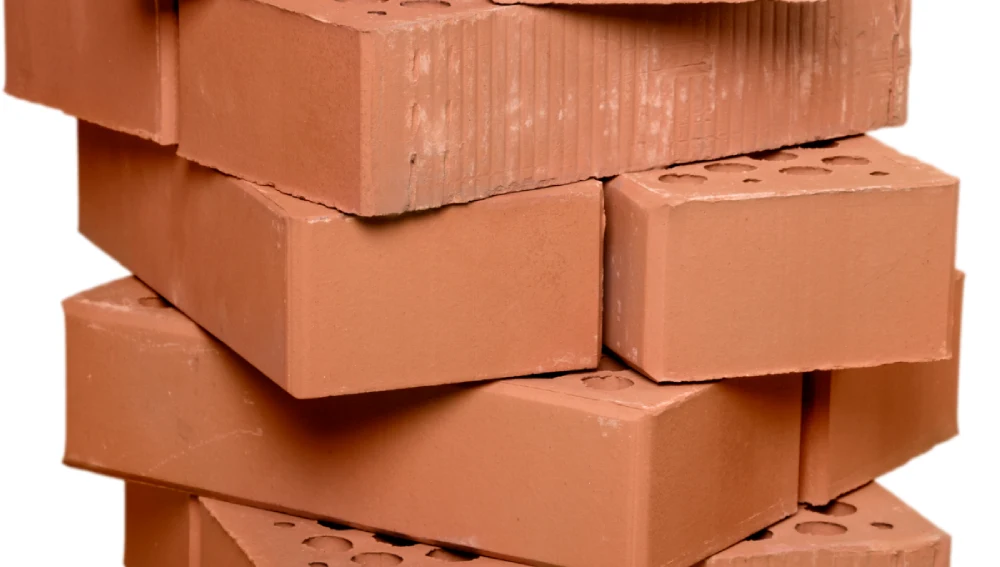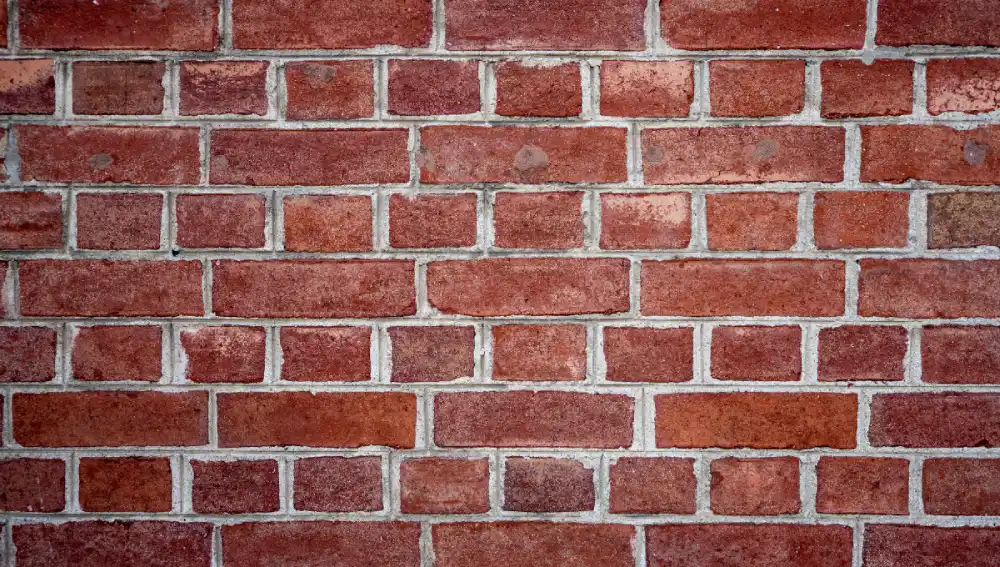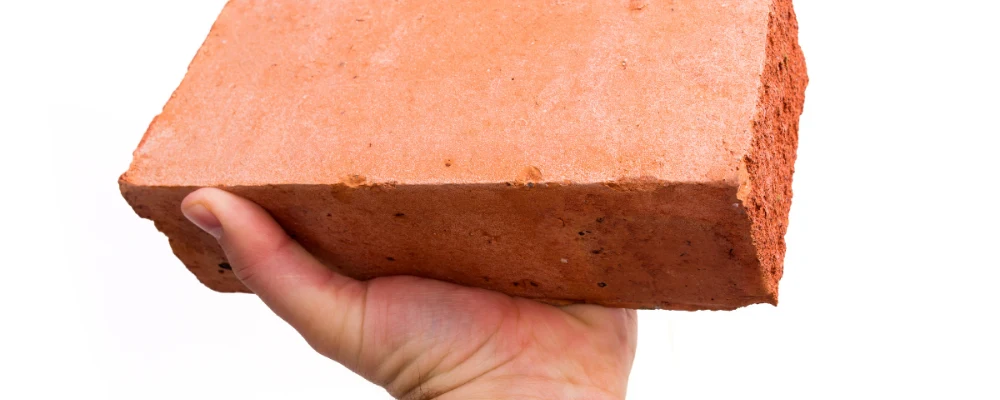The selection of the kind of brick is perhaps one of the most vital decisions to make when constructing a house or any other structure. Bricks have been a part of these sectors since ancient periods; today there exist several kinds of them, all possessing different advantages and disadvantages. Read on to find out which type might be the most suitable for your construction project.
Types of Bricks:

1. Clay Bricks
These are the most common types of bricks used in construction. They are manufactured using natural clay, which usually is fired in a kiln to provide toughness and strength. Therefore, manufacturers make fired bricks by mixing clay with water, forming the resultant mixture into bricks, and then drying followed by moderate firing at high temperatures.These are called burnt clay bricks. The drying process can also be done naturally under the sun, such bricks are called sun-dried bricks.
Advantages:
Strong: Clay bricks are enormously resilient and can survive for years without losing their structural integrity. This makes them very suitable for long-time construction activities, especially for homes, schools, and business buildings.
Fire-resistant: Probably one of the most valuable advantages of clay bricks is that they work well in extreme temperatures. Because of this, they can be quite suitable for building walls and structures in case of fire.
Ecological: Since clay bricks are manufactured from natural elements, they are ecological materials. They can also be recycled and reused, hence decreasing waste.
Disadvantages:
Expensive: Clay bricks are expensive because they cost more compared to other types of bricks due to raw material and firing, which requires energy in the kiln.
Heavy: Clay bricks are relatively heavy; hence, they are difficult to transport and handle during construction. This will accordingly result in extra cost and time for a construction project.
Size: Clay bricks are generally smaller than other types, which means that a larger quantity of these are required for constructing the same size of wall.
Seepage: Bricks often become porous when plaster or paint is not done correctly. This can lead to water seepage issues and also cause development of mould.
Best For:
Clay bricks are the best option for residential housing or other constructions that require strong, durable and fire-resistant materials. They also serve well in projects where aestheticism matters since they bear its natural aspect, which most people find quite attractive.
2. Fly Ash Bricks
Fly ash bricks are produced by mixing fly ash— obtained as a by-product during the burning of coal— with sand, cement, and water. These bricks undergo high-pressure molding and steam-curing processes. As a result of their eco-friendliness and affordability, these have become increasingly preferred as alternatives to conventional clay bricks.
Advantages:
Lightweight: Fly ash bricks are relatively light compared to clay bricks. This will be beneficial during their application in the construction phases since handling them will be easier, and the bearing load on the foundation of a building is reduced.
Economical: They are cheaper than clay bricks. The production cost is relatively low since some industrial wastes like fly ash are included in their composition, thus benefitting the consumers.
Insulation: In the case of fly ash bricks, insulation is a featured characteristic , thereby keeping the building cool during summer and warm during winter. This can lead to energy savings over the life of the building.
Disadvantages:
Brittle: Fly ash bricks are brittle when compared to clay bricks, they may break easily during handling and construction. This might affect the durability of the structure.
Availability: Fly ash bricks may be available in places where there are coal-fired electricity generating centres, thus, they are not easily available everywhere, This tends to limit their use to certain areas.
Best For:
Fly ash bricks are best for building walls that demand good insulation and over projects where cost is a matter of concern. They are ideal options for projects concerning environmental criteria since they reuse waste and have a lesser carbon footprint.
3. Concrete Bricks
Concrete bricks consist of water, cement, aggregates and sand. The raw materials are mixed, moulded into shape, and then cured into a hard brick. Concrete bricks are in high demand today in the current construction world due to their strong structural ability and flexibility of usage.
Advantages:
Strength: Concrete bricks are very strong and resilient. They bear heavy loads and, therefore, are ideal for structural parts such as load bearing walls, foundations, and retaining walls since they can withstand the most extreme loading conditions.
Adaptable: Because the concrete brick undergoes moulding to make different shapes and sizes, there is great room for flexibility in design and construction. This indeed acts as the reason for its suitability in an enormous number of uses.
Weather resistance: Adverse weather that includes extreme heat, cold, and moisture can be resisted by concrete bricks. Thus, it is excellent for outdoor construction.
Disadvantages:
Visual appearance : In appearance, concrete bricks lack the natural appeal of clay bricks. This regularity of their appearance can be less appealing for certain architectural design cases of exposed surfaces.
Heavy: Like clay bricks, concrete bricks are heavy, thus more complicated to raise and handle on-site.
Best For:
Concrete bricks are ideal for building load bearing walls, foundations, and other structural elements that demand strength and durability. They are also a good choice when design flexibility is needed for a project.
4. Calcium Silicate Bricks
Calcium silicate bricks are made with a mixture of sand and lime. Making these bricks starts with the mixture of raw material, followed by the mould being cured under high pressure and temperature. Advantages:
Aesthetic appeal: These bricks have a smooth surface that can also be produced in different colours. These aspects create a very attractive appearance, thus being ideal for exposed decorative walls and facades.
Sound insulation: Calcium silicate bricks are sound insulators; hence, they are appropriate for residential buildings or auditoriums where noise abatement is necessary or required.
Fire-resistant: Similar to clay bricks, calcium silicate bricks are also resistant to fire and thus provide a further element of safety while constructing.
Disadvantages:
Slower setting: These bricks take a little longer time to finally set and harden in comparison with the rest of the types, which can delay construction.
Water Absorption: Calcium silicate bricks are the type of bricks that have the properties of water absorption, which may create problems when they come into damp conditions. This phenomenon could result in problematic manifestations, like efflorescence when salts are deposited on the brick surfaces.
Best for:
Calcium silicate bricks are best for constructing walls where appearance and sound insulation are important.
Factors About Bricks That One Should Consider
- Strength and Durability: The strength of a brick is very important and forms the basis for construction Bricks made from concrete and clay are known to be strong and long-lasting.
- Insulation Properties: In areas that experience severe weather conditions, insulation is key. Too much or too little heat indoors can lead to thermally uncomfortable spaces
- Cost: Budget stands as one of the main worrying factors for property owners Fly ash bricks are cheaper, whereas clay bricks could be more expensive, though with long-term advantages.
- Aesthetic Value: The texture of bricks is a noticeable feature if the bricks will visibly be used for walls, as in living room or facade walls. In this respect, calcium silicate bricks might offer a good alternative since one can have them in a smooth finish and various colours.
- Environmental Impact: Being sustainable is an important factor affecting modern construction. Clay bricks are natural, can be recycled, and are good to use, while fly ash bricks are made from industrial waste, which is equally friendly to the environment.

Which Brick is Better?
The best brick for use in construction is relative, based on one’s needs. Even though relatively expensive, clay bricks remain the best option for a strong and durable structure. You should consider fly ash bricks in case you opt for cost savings with improved insulation. Where high strength is required, concrete bricks represent the best options, while calcium silicate bricks remain ideal where appearance and sound insulation are required.
In summary, there’s no one-size-fits-all answer to which brick is better. Consider the factors that are most important for your project and choose accordingly.
FAQs
Concrete bricks are generally the strongest, followed closely by clay bricks.
Fly ash bricks are ideal for cold climates since they have good insulation properties.

